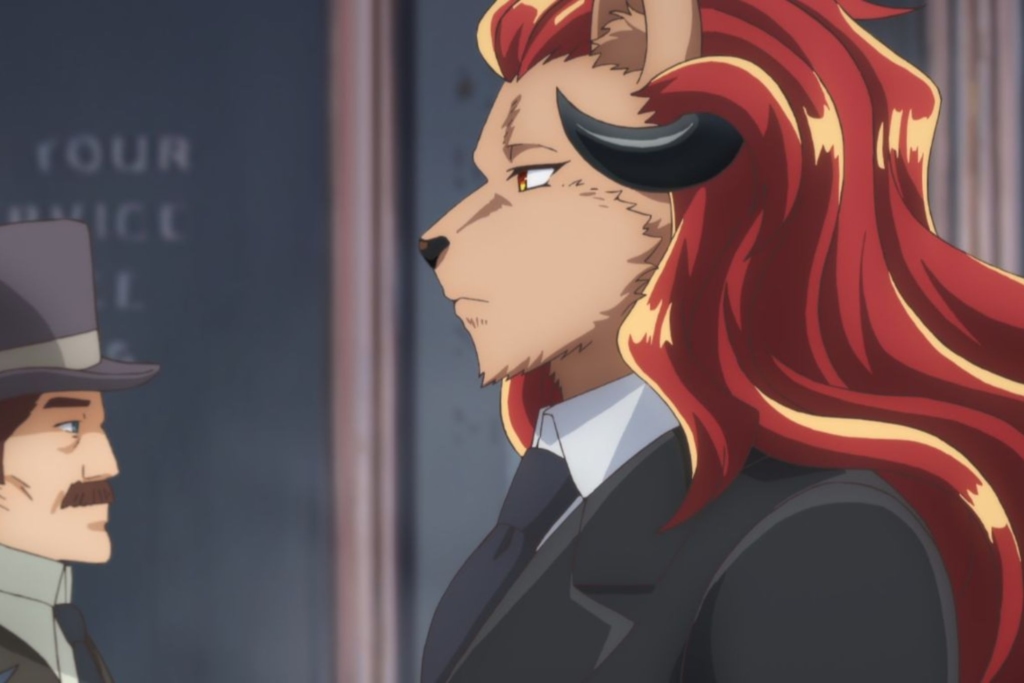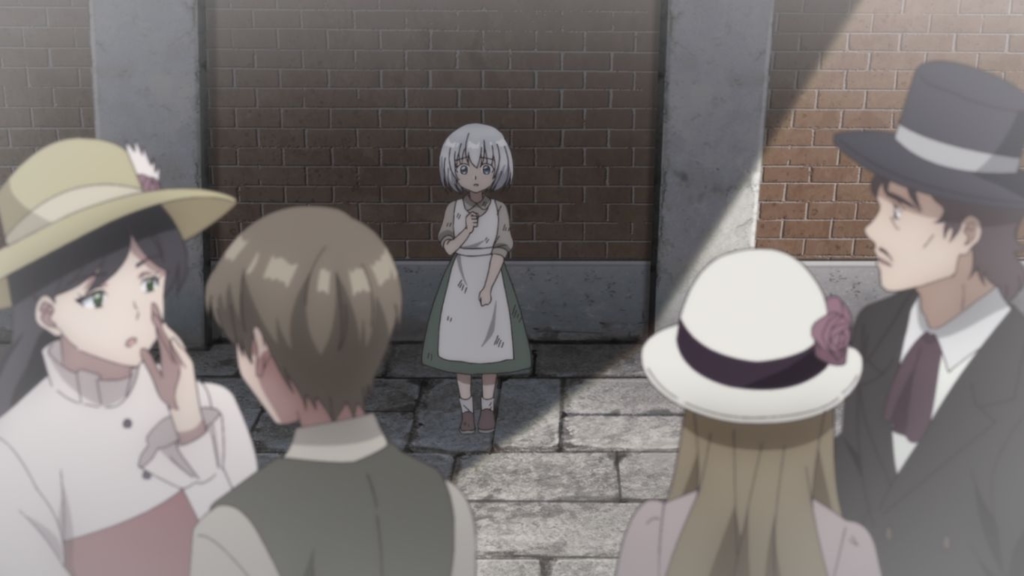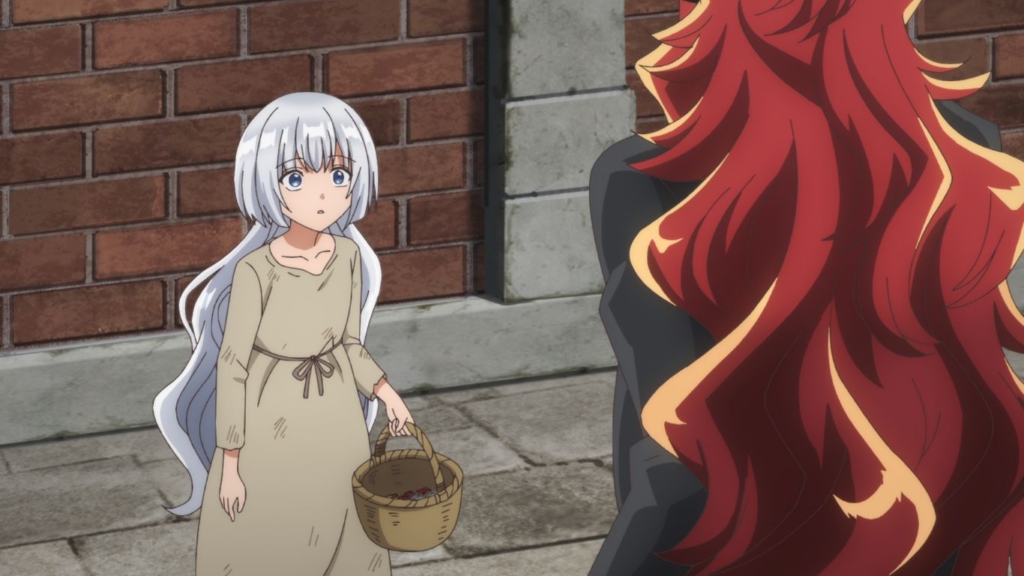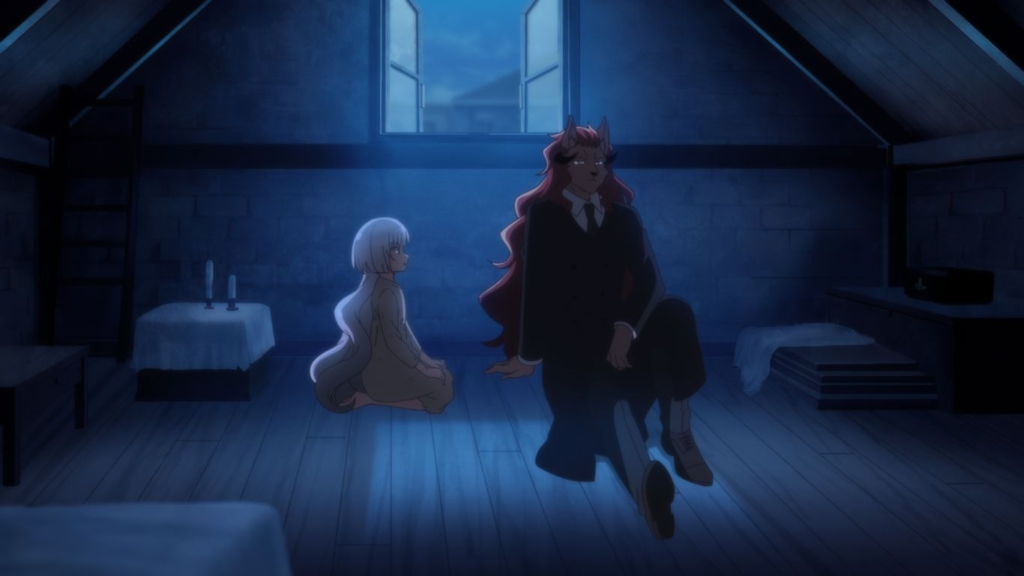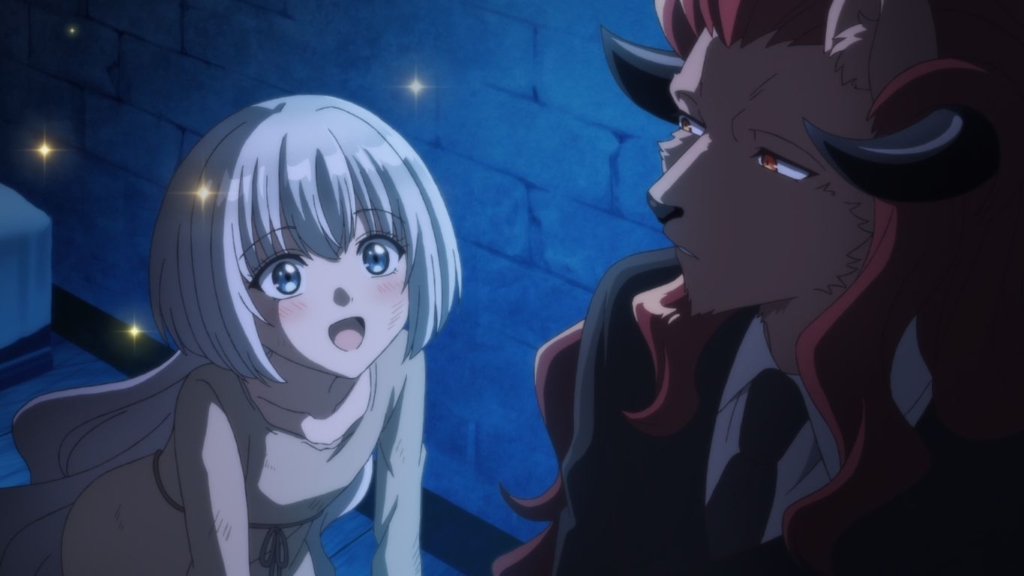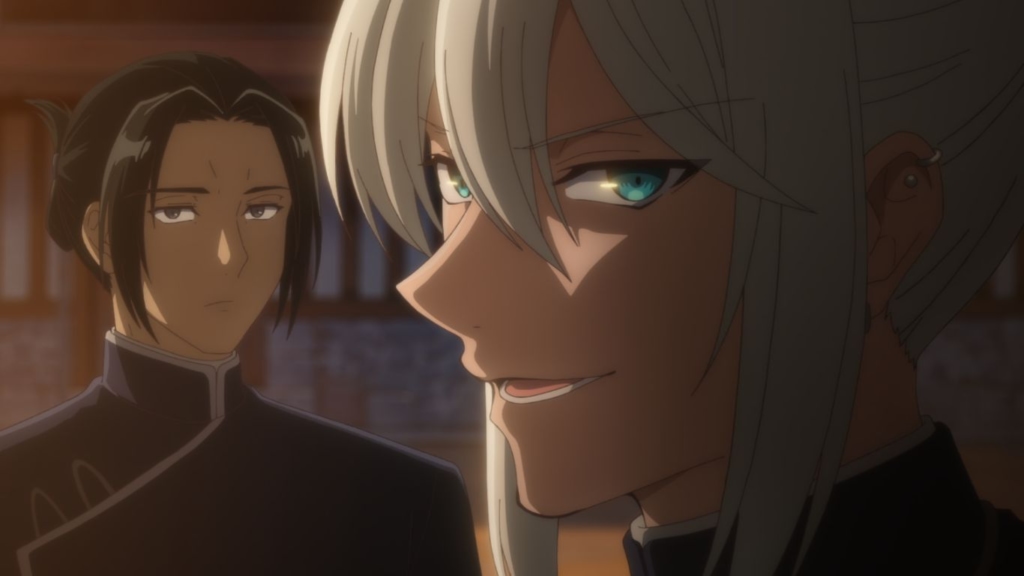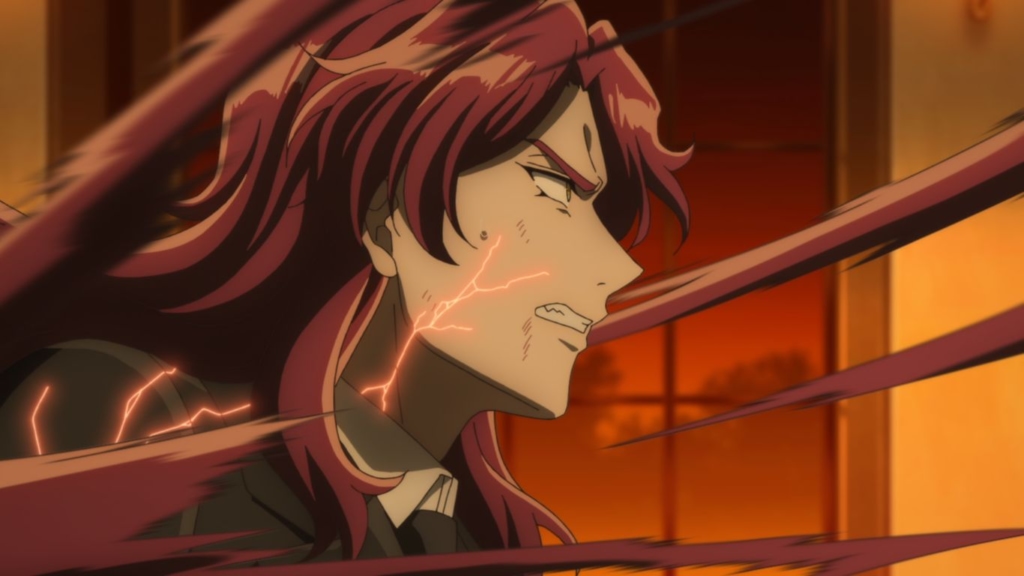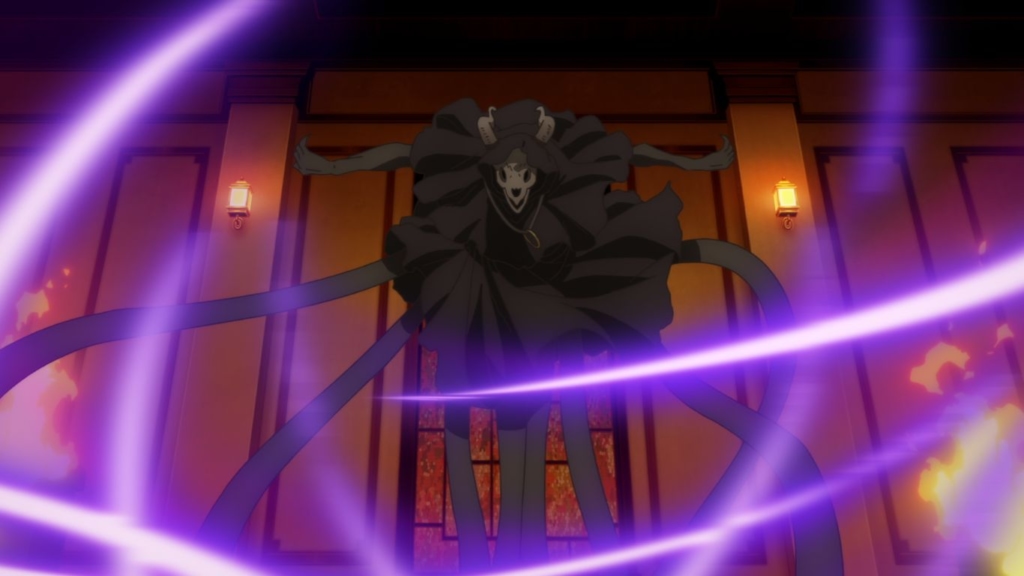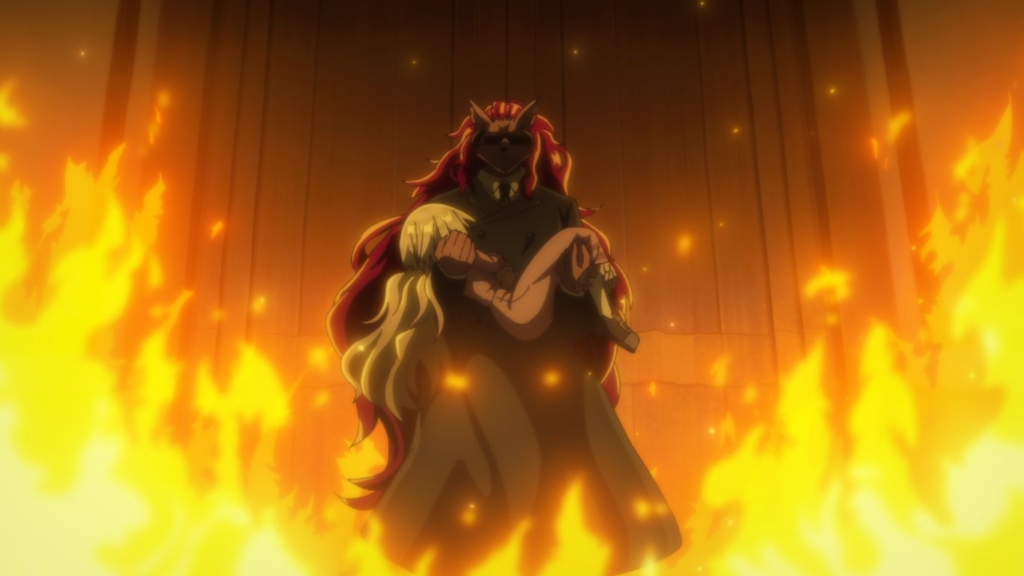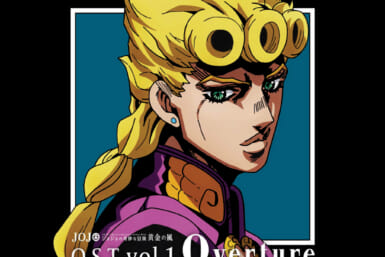We’re hotly anticipating the flurry of anime behemoths that will grace our screens in 2023, however, one sleeper hit might just slip under your radar. The Tale of the Outcasts is a story about demons, contracts and mass killings. It, therefore, has no business being as wholesome as it really is. Get to know this manga-turned-newly adapted anime featuring an adorable silver-haired girl and her furry companion.
What is The Tale of the Outcasts About?
Set in 19th-century Britain, the program follows Wisteria, an orphan living a miserable life following a series of unfortunate events, including being separated from her older brother. She’s young, innocent and has somehow managed to keep calm and carry on despite her daily suffering at the hands of an unscrupulous orphanage. While begging on the street, she meets Marbas, a powerful and immortal demon that no one else can see but her due to her eyes’ special ability. The initially indifferent Marbas eventually becomes intrigued and the two form a friendship that helps Wisteria escape her tough life through Marbas’ retelling of his life experiences. In another twist of fate, Wisteria loses her eyesight but gains freedom by traveling the world through Marbas’ words.
Without giving too much of the plot away, the pair’s travels inevitably wrap them into nefarious dealings involving demons, The Knights of the Sword Cross (a demon-hunting association) and the governing powers that be. Along the way, they meet other demons, who usually help give Wisteria a better understanding of the world.
The Tale of the Outcasts’ ability to switch from large topics to small with equal weighting and trading off between suspense-driven action and adorable cutesy scenes, is the show’s greatest asset. These juxtaposing elements somehow work and the transition is always smooth.
Who Are Wisteria and Marbas?
Despite her age, Wisteria manages to exude a strong sense of maturity, no doubt gained through her tough experiences. But she is also optimistic, carefree and kind to a fault. She mellows out and balances Marbas’ cynical nature. Marbas claims to have seen it all, but he’s pleasantly surprised by Wisteria’s point of view. The story sometimes showcases an incident from both of their perspectives, indicating how differently the two approach a single scenario. Scenes where Marbas begrudgingly dotes on Wisteria never get old. It’s also incredibly heartwarming to see her finally get a warm bed and an abundance of food to eat after years of cruelty and poverty.
Other interesting characters introduced later on include Wisteria’s brother Snow, a seasoned demon hunter whose hot-headed attitude contrasts with his name but makes him a unique addition to the main cast. Wisteria and Marbas also meet Diana and Naberius, another child and demon duo. The latter once fought alongside Marbas during the war as one of the Thirteen Calamities.
The Tale of the Outcasts’ Animation Style
In terms of the animation style, The Tale of the Outcasts is a bit dated. If you’re used to fast-paced and dynamic fight scenes like we see in Attack on Titan, this particular show might seem like a hark back to the 1990s and early 2000s. Shots for the opening song have all the hallmark cliches of anime from that time: slow-panning turnarounds, rival characters staring at opposite sides and symbols morphing into Rorschach-esque shapes. While there is a certain charm about it that seems to fit the story well, it might not be for everyone.
We also need to talk about the main demons taking the form of anthropomorphic animals for more than half of the airtime. Marbas’ features are somewhat of a human-lion mix, while Naberius’ coat and clothes give him a dog-cosplaying-Hells-Angel-member vibe. There’s definitely a niche demographic that might find this appealing, but it doesn’t add too much to the story if it’s not your cup of tea. That said, with the demons taking different forms in battle, they almost have a slight Digimon-type quality to them which is slightly cool and retro.
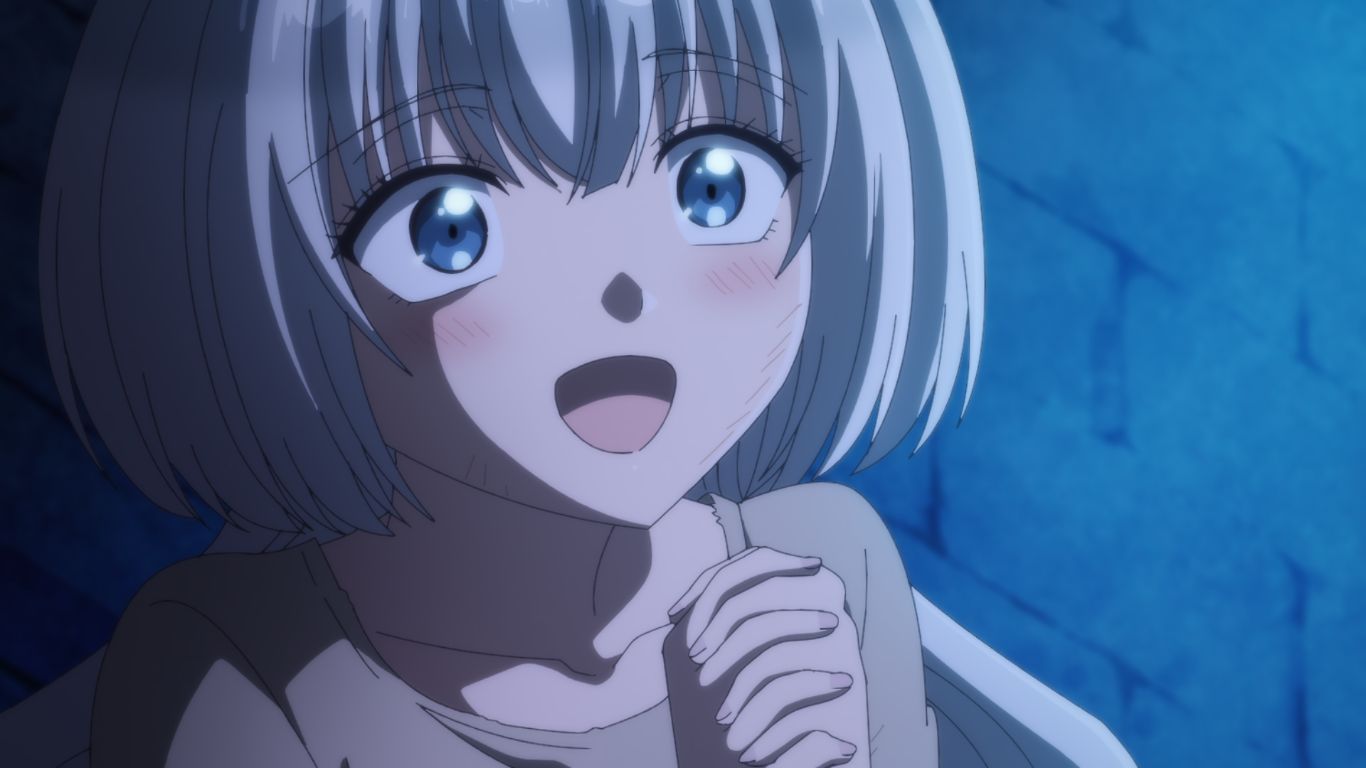
Should You Read or Watch The Tale of the Outcasts?
The anime premiered on January 8. As the season is barely a few episodes in, it makes for a tough comparison, but the anime adaptation does seem to be much more involved. Some of the pivotal scenes in the first episode didn’t do justice to the manga which was more impactful. This was rather surprising considering anime as a medium is by default more dynamic and can convey movement much better.
There is hope for this to improve as the season continues, however. A stellar cast of voice actors also gives life to these characters, including Ayana Taketatsu (Arknights, Bleach), Katsuyuki Konishi (Golden Kamuy, Summertime Render) and Ryota Osaka (Tokyo Revengers, Mushoku Tensei, Sword Art Online).
Discovering The Tale of the Outcasts is akin to the joy of a good find in a vintage store: well worth the time, but just a little bit quirky. While a show about contract-binding demons isn’t exactly a unique concept (hello, Chainsaw Man), the cast of characters doesn’t seem to follow the format of any of the current big hits. The series is full of meaningful moments, twists and a smattering of action-packed fun. It all seems like a mishmash, but somehow, it just works.
Images courtesy of Crunchyroll

